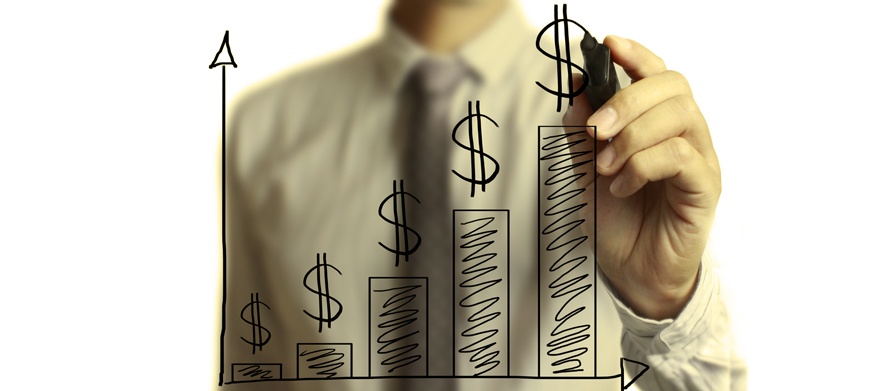Many of us have heard the famous phrase “The best time to invest is now”, but do we understand the true meaning behind these words? Many investors are paralyzed, waiting for the right moment, trying to predict market corrections or irresistible valuation opportunities. However, few understand the significant impact of starting your investment journey early, which is critical to building a solid portfolio. Get ready to discover why investing now can be more exciting than spending your next paycheck.
We will meet two characters in this story: Jill and Joey. They are both the same age, 25 years old, and have just started their careers. They both want to save 10,000 rupees a year over a period of 10 years to build a retirement fund. However, they have different approaches. Jill chooses to invest in the first ten years of her working life, while Joey prefers to enjoy his first years and will invest during the next 10 years. Both plan to retire at age 60.
Here are the basic premises:
- Both invest 10,000 rupees a year.
- Both earn a 10% annual return on their investments.
- The investment horizon is 10 years.
- Both plan to withdraw the money after turning 60 (that is, after 35 years).
Evidence 1: Jill and Joey’s Investment Path
Now consider if Joey decided to make up for his delay with more intensive investments. Let’s make Joey’s strategy more aggressive. He would still start ten years after Jill, but would be willing to invest the same amount until retirement age, resulting in 25 years of investment for Joey and just 10 years for Jill. Let’s examine their respective final portfolios.
Evidence 2: Jill and Joey’s Investment Path (Aggressive Approach)
Surprisingly, the graph now becomes exciting. You may be wondering:
- How did Jill manage to beat Joey even when he invested for 25 years compared to Jill’s 10 years?
- How did Jill achieve this feat with a total investment of just 1.2 lacs (1.2 times 10,000 rupees) while Joey invested 2.5 lacs (2.5 times 10,000 rupees)?
The answer to these questions lies in the wonder of compound interest, a powerful force that operates when you start investing early and let your capital grow over time.
What we saw is mathematically accurate, but it also reflects human behavior. It is much easier to maintain discipline in the early years than to invest constantly until retirement. However, the crucial step is to start early. And if investing up front still doesn’t sound appealing to you, keep reading!
What is the Contribution of Investing Early to Your Retirement?
While Jill and Joey only try to save for 10 years for their retirement, it is always wiser to continue investing until retirement age. As previously emphasized, an early start is key!
Now, let’s take a practical example and reevaluate our previous assumptions with some modifications:
- Investment of 10,000 rupees per year (same amount as before)
- Return of 10% CAGR (compound annual growth rate) for 35 years (same as before)
- 35-year investment horizon (amended)
- Both plan to withdraw the money after reaching the age of 60 (i.e. after age 35)
Appendix 3: Additional Contribution of Annual Investments to the Final Portfolio
We note that the first seven years of investment represent more than 50% of your final portfolio. Isn’t this intuitive? This means that early investments contribute significantly more than later investments. In other words, half of your ultimate wealth is created in just the first seven years.
Effect of Delay in Investments
Remember Joey? If he delayed his investment for ten years, he would have to invest almost three times the original amount each year to reach his retirement goal. With a seven-year delay, he would have to invest twice as much; a delay of fifteen years would force him to invest five times as much. The penalty for delaying starting your investments gets worse as time passes, and no one wants to be left behind.
Does a Higher Expected Return Increase the Cost of Delay?
There are two variables in the compound interest equation: time and rate of return. We’ve seen the importance of time from several perspectives, but what about rate of return? How does it affect the late or early start of investments? Let’s analyze the following table:
In our previous examples, we used an expected rate of return of 10%. If Joey started 10 years later, she would have to invest almost three times as much to achieve the same result, as we have already shown. If the expected rate of return were higher, say 15%, the penalty for starting late would be even more severe, with Joey having to invest more than four times the original amount.
Action plan
Last but not least, remember that investing without the right mindset, a proper financial plan, and the right asset allocation can be counterproductive. Make sure you have a solid safety net, like emergency funds, before starting unplanned investments. The balance between investing and spending is essential, and starting early is the key to financial success. So prepare for a better future, but don’t forget to live in the present.









